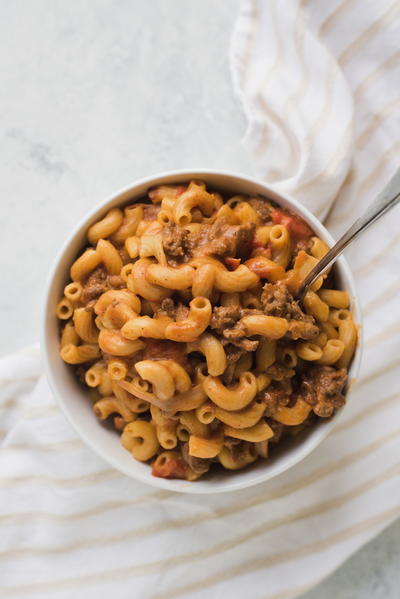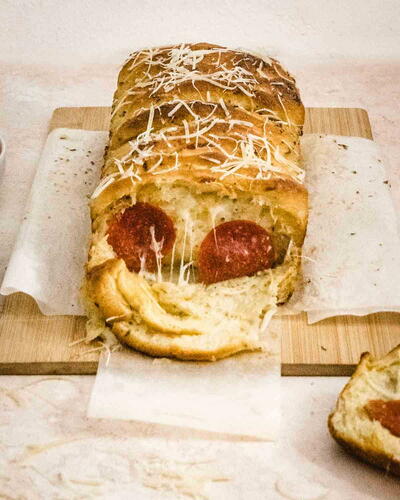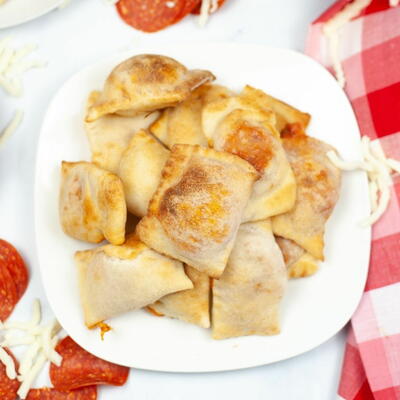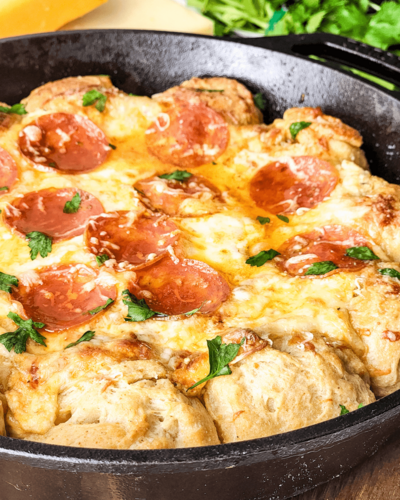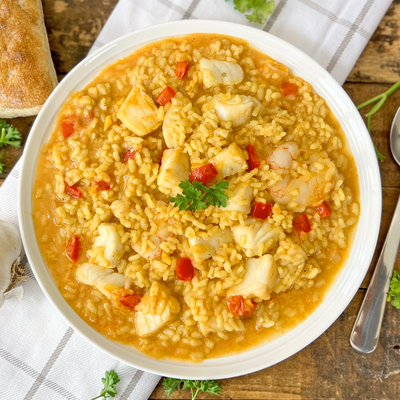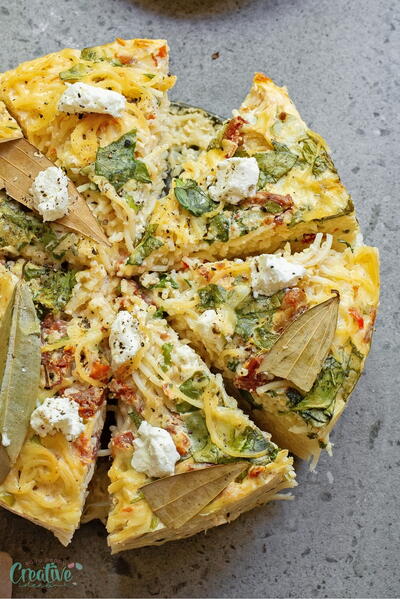Focaccia
Ingredients
- Sponge Starter
- 1 1/2 cup (12 oz) very warm water (105-115 deg F)
- 1/4 t active dry yeast
- 3 1/2 cups (16 oz) unbleached all-purp. flour
Instructions
Mix all the ingredients together in a medium bowl and stir vigorously with a wooden spoon for 2-3 minutes, until a smooth, somewhat elastic batter has formed. The batter will be very stiff; it gets softer and more elastic after it has proofed. You may find it easier to mix the sponge using an electric mixer, with a paddle or dough hook, on medium speed for 1-2 minutes. Scrape the sponge into a 2 qt clear plastic container and cover with plastic wrap. At this point you have two options: if you plan to make your dough later that same day, let the sponge rest at room temperature until it has risen to the point where it just begins to collapse. this may take from 6-8 hours, depending on the temperature of the sponge, the temperature of the room, and the strength of the yeast. The sponge will triple in volume and small dents and folds will begin to appear in the top as it reaches its peak and then begins to deflate. The sponge is now in perfect condition to be used in a dough. It's best if you have already weighted or measured out all of your other recipe ingredients before the sponge reaches this point so you can use it before it collapses too much. If you're not planning to make your dough until the next day or the day after, put the covered sponge in the refrigerator and let it rise there for at least 14 hours before taking it out to use in a recipe. be sure to compensate for the cold temperature of the starter by using warm water (85-90 deg F) in the dough instead of the cool water specified in the recipe. Or let the starter sit out, covered, until it reaches room temperature (this may take several hours) - but don't let it collapse too much before you use it. Focaccia with Basil Oil makes 2 8" square breads or one 12x17" bread 1/2 t active dry yeast 1 3/4 cup plus 2 T (15 oz) warm water (85-90 deg F) 1 1/2 cup (12 oz) sponge starter 4 1/2 cup (22 1/2 oz) high gluten (bread) flour 1 T plus 1 1/4 t kosher salt 2 T plus 1 1/2 t (1 1/4 oz) olive oil 2 T plus 1 1/2 t (1 1/4 oz) milk sliced tomatoes sauteed onions pitted imported olives 1/2 cup (4 oz) basil oil (recipe follows) additional olive oil and kosher salt for topping fresh basil leaves for garnish Place the yeast and warm water in a large bowl. Stir with a fork to dissolve the yeast and allow to stand for about 3 minutes. Add the sponge to the yeast mixture and mix with your fingers for 1-2 minutes to break up the sponge. The mixture should be foamy. Add the flour and mix it in with your hand, lifting the wet mixture over the flour to incorporate it. When the dough becomes a shaggy mass, knead it in the bowl until it becomes smooth and somewhat elastic, about 5 minutes. Cover it with plastic wrap and let rest for 20 minutes. (This rest period is the autolyse (when the flour can absorb the liquid)). Add the salt to the dough and knead briefly to incorporate it. Gradually add the oil and milk and knead gently until all the liquid has been incorporated. Move the dough to a lightly floured work surface and knead until it is very smooth, silky, and elastic, about 7-10 minutes. the dough will be sticky, so you will need to keep the work surface and your hands lightly floured, but don't over do it - the dough should be wet but supple and springy. Put the dough in a lightly oiled bowl, turn it to coat with oil, and cover it tightly with oiled plastic wrap. (At this point, the dough can be refrigerated until the next day.) Let the dough rise at room temperature (75-75 deg F) until almost doubled in volume, about 2 1/2 hours. (If you refrigerate the dough, it may rise adequately overnight; if not, let it rise at room temperature until doubled.) Line two 8 inch square pans or one 12x17" baking sheet with baking parchment. Brush the parchment and sides of the pan)s_ generously with olive oil. When the dough as risen, loosen it from the bowl with lightly floured hands and gently pour it onto a floured work surface. if using two pans, cut it into two equal pieces. Place half the dough in the center of each square pan, or place all the dough in the center of the rectangular baking sheet, and press on it gently to stretch it evenly out to the edges of the pan(s). be careful not to tear the dough. If the dough resists stretching, let it rest for 2-5 minutes, or until it becomes supple enough to stretch again. (if the dough is dry, you may have to repeat the resting/stretching procedure several times.) Brush the top of the dough lightly with olive oil, cover with lightly oiled plastic wrap, and let rise for 1-2 hours, or until the dough has doubled and fills the pan(s) (a finger pressed into the dough will leave an indentation). Thirty minutes before baking, preheat the oven to 425 deg F and place a baking stone in the oven to preheat. Arrange the tomatoes, sauteed onions, or olives in a decorative random or symmetrical pattern on the dough, being careful not to deflate it. With your fingertips, randomly press dimples all over the dough, making deep impressions that go all the way down to the pan bottom(s) - one every 2 to 3 inches is enough. Don't press too vigorously, or you may make holes in the dough or deflate it. Stir the basil oil and lightly brush it over the dough, allowing it to pool in the dimples. Sprinkle with kosher salt. If you are using two pans, put one on the baking stone and one on a rack above. For just one focaccia, put the pan directly on the baking stone or on the rack above the stone - the stone gives a crisper bottom crust but you must watch carefully so the bottom doesn't burn. Using a plant sprayer, mist the focaccia 6 to 8 times, then quickly shut the oven door. Repeat the misting procedure after 1 minute, then again 1 minute later. Bake for 15 minutes, then reduce the oven temperature to 350 deg F and bake for 15 to 25 minutes longer, or until golden brown and crusty but still very soft inside. If using two pans, watch the pan on the stone carefully to be sure the focaccia doesn't burn on the bottom, and rotate the pans halfway through the baking time. Remove the focaccia from the oven and immediately brush it lightly with basil oil. Cool in the pan(s) 10 minutes, then carefully slide it onto a cooling rack. Remove the parchment (to prevent steam from softening the bottom crust) and let cool. Serve warm or at room temperature, with a few basil leaves and cut into squares. Basil Oil 1 large bunch fresh basil 1/8 t kosher salt (or to taste) 3/4 cup (6 oz) extra-virgin olive oil Prepare an ice water bath in a large bowl. Bring a medium saucepan of water to a boil. Blanch the basil leaves in the boiling water for 30 seconds. Drain them in a strainer and immediately put them in the ice water bath to cool. Drain the basil and squeeze out the excess moisture. Place the blanched leaves in a food processor or a blender and add the salt. Turn on the machine and slowly pour in the olive oil. Continue processing to a smooth puree. Transfer the basil oil to a container and put a piece of plastic wrap directly on the surface to help preserve the bright green color. The oil will keep for about two weeks in the refrigerator as long as the plastic wrap stays in contact with the surface. Use the basil oil and pureed basil as a topping for focaccia, on cooked pasta, or in a salad dressing.
Read NextPull Apart Pizza Bread







